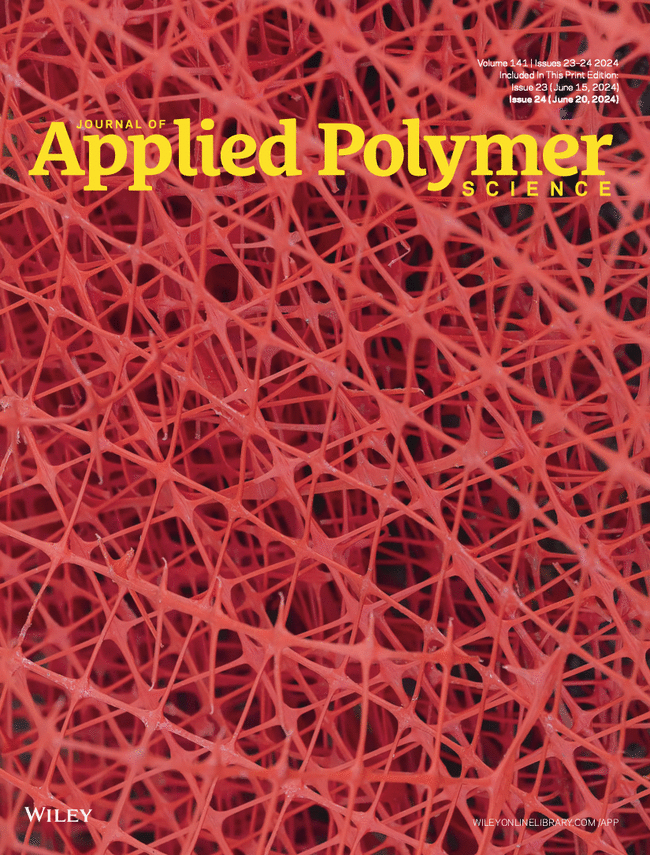Thiol-Ene Click Hydrogels From Pentaerythritol Tetrakis(3-Mercaptopropionate) and Polyethylene Glycol Diacrylate: Mucoadhesive and Antimicrobial Platforms for Drug Delivery
Abstract
Hydrogels with mucoadhesive properties offer significant potential for drug delivery due to their tunable physicochemical characteristics and sustained drug release capabilities. This research investigates polymer hydrogels synthesized via thiol-ene click reactions between pentaerythritol tetrakis(3-mercaptopropionate) (PEMP) and polyethylene glycol diacrylate (PEGDA), exploring their potential as effective mucoadhesive and antimicrobial drug delivery systems. Sol–gel analysis revealed that gel formation efficiency depends on the acrylate-to-thiol ratio, with stoichiometric formulations yielding higher gel fractions. FTIR spectroscopy and elemental analysis confirmed the chemical composition of these hydrogels, showing the presence of residual CC bonds and a decrease in thiol group content with increasing PEGDA concentration. The mechanical properties were superior in hydrogels prepared using stoichiometric (1:1) ratios of the reagents, while mucoadhesiveness—tested on ovine vaginal tissue—was enhanced in samples with higher thiols-bearing PEMP content. Drug loading efficiency and release kinetics were evaluated for clindamycin phosphate and clotrimazole. Hydrophilic gels showed greater clindamycin loading and more sustained release compared to clotrimazole. Antimicrobial testing demonstrated that clindamycin-loaded hydrogels exhibited strong antibacterial activity against Staphylococcus aureus . Clotrimazole-loaded hydrogels showed less pronounced antifungal effects against Candida albicans . These findings highlight the applicability of PEGDA-PEMP hydrogels for mucoadhesive drug delivery and antimicrobial applications.


 求助内容:
求助内容: 应助结果提醒方式:
应助结果提醒方式:


